Health
Two Summit County residents diagnosed with non-smoking lung cancer, radon suspected

Connie Alexakos with her son and grandchildren. Photo: Connie Alexakos
SUMMIT COUNTY, Utah – A staggering 33% of homes in Utah are facing dangerously high levels of radon, a colorless, odorless, and tasteless radioactive gas that seeps into living spaces from the natural decay of uranium found in the soil, rock, and water. This invisible threat has positioned radon as the leading cause of lung cancer among non-smokers, and it’s affecting Summit County residents. The Environmental Protection Agency (EPA) recommends immediate action to mitigate for homes testing at 4 picocuries per liter (pCi/L) or higher and advising consideration for levels between 2 pCi/L and 4 pCi/L.
The origins of radon lie in the natural radioactive breakdown of uranium, a process that leads to its accumulation in buildings through foundation breaches. This accumulation can result in prolonged exposure to elevated radon levels, significantly increasing the risk of lung cancer. Utah’s unique geological makeup, rich in uranium, predisposes it to higher-than-average radon levels.
With more than half of the homes in the state exhibiting dangerous levels. Annually, radon-induced lung cancer claims the lives of 21,000 Americans, with an estimated 200-300 Utahns among them.
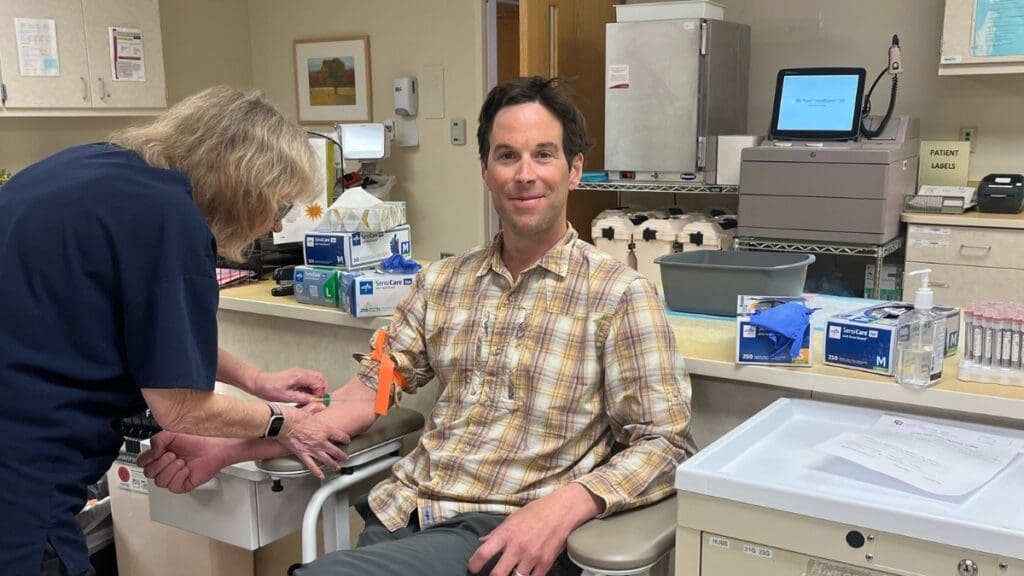
KSL has written about two Summit County residents, Connie Alexakos and Bill Johnson, who both were diagnosed with non-smoking lung cancer. Johnson, was 43 years old when diagnosed, and while the guaranteed source of the cancer is unknown, radon is suspected to be the cause.
Alexakos was a healthy 75-year-old before purchasing her home in Kamas. Kamas has an EPA-assigned Radon Zone of 2, meaning it predicts an average indoor radon screening level between 2 and 4 pCi/Land. However, Kamas and Park City neighbor Wasatch County borders, and their radon reports are far more drastic.
According to a 2022 Radon Testing Disparity Report for Utah by Lung.org, “Among counties with at least 10 reported tests, the highest average radon concentration was observed in Wasatch County with an estimated mean radon level of 9.6 pCi/L.” The KSL article states that Alexakos’ home radon levels were measured at 14.0 pCi/L.
Utah IBIS data shows that long-term radon tests for homes in Wasatch County are reported to have an average of 3.2 pCi/L, which is still above the recommended mitigation level of 2.7 pCi/L. Summit County’s long-term level is 2.2 pCi/L, but the image below shows multiple locations with radon levels reporting above 4 pCi/L, sparking the need to mitigate and test.
Radon’s risk to health is significant and widespread, impacting millions across America, including a worrying percentage of Utah residents. Collaborative efforts between the Summit County Health Department (SCHD), the U.S. EPA, the Utah Department of Environmental Quality (Utah DEQ), and the U.S. Department of Agriculture (USDA) are underway to raise awareness and encourage Utahns to test and mitigate their homes not just once, but on an annual, or biannual basis.
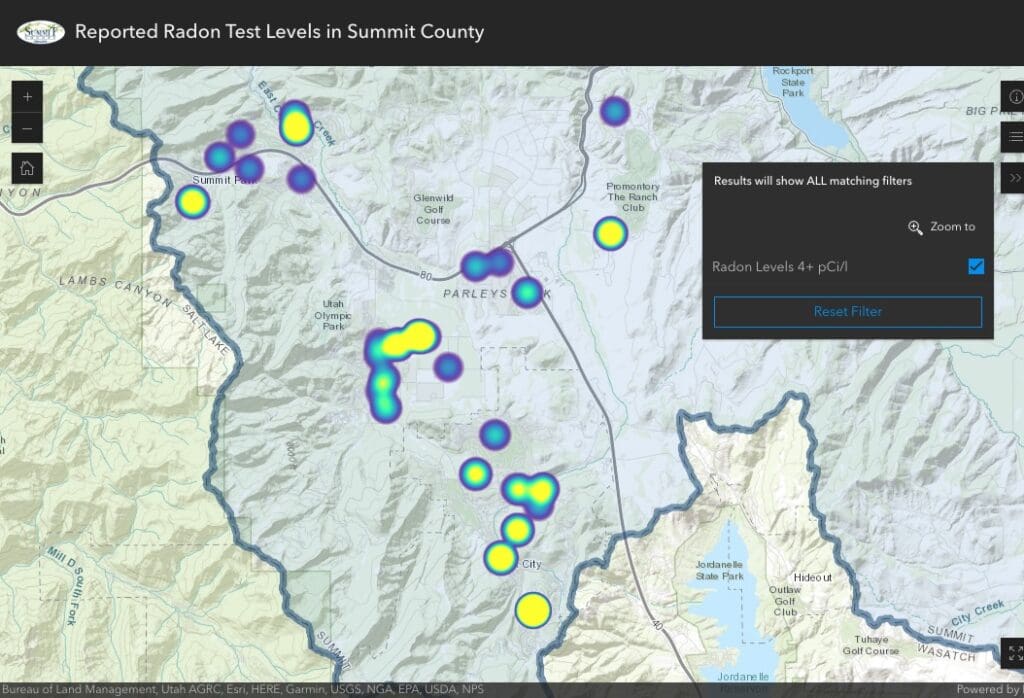
In an effort to prevent rising cases of radon-related issues, the Summit County Health Department has made radon test kits available to the public. These kits, offered at $10.00 each, include lab analysis, allowing homeowners to take the first step in protecting their families. UtahRadon.org also offers one free radon test kit per household. Those with unsafe radon levels are directed towards state-approved licensed radon mitigators, ensuring professional and effective mitigation.











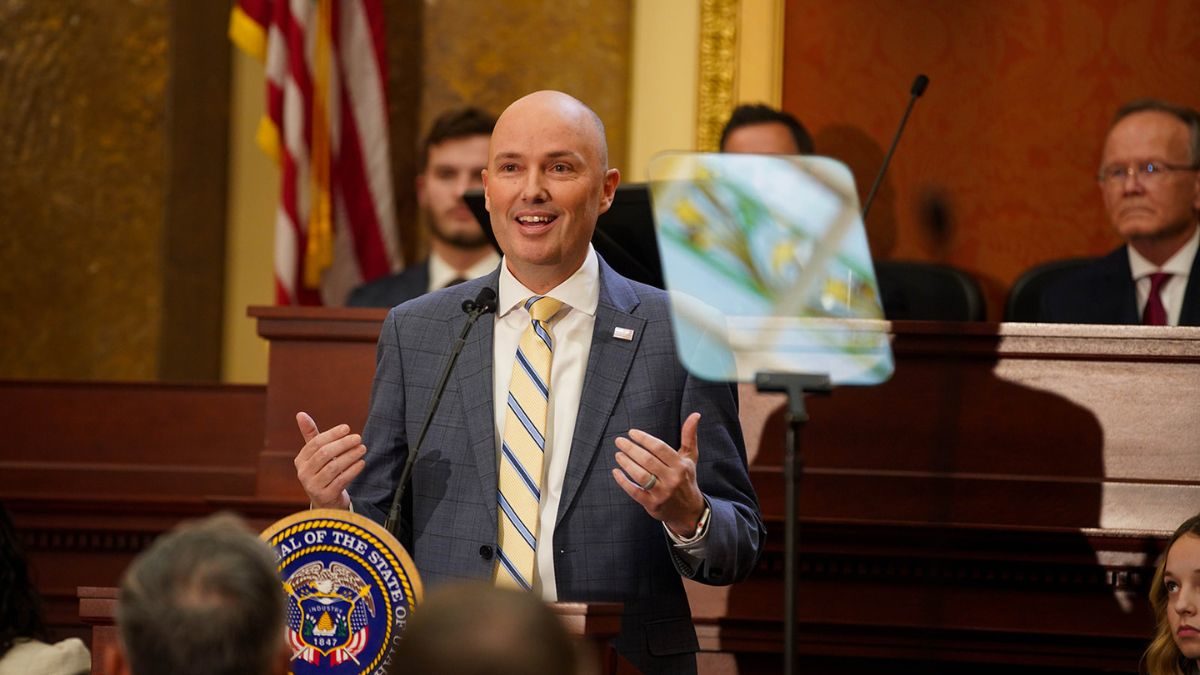
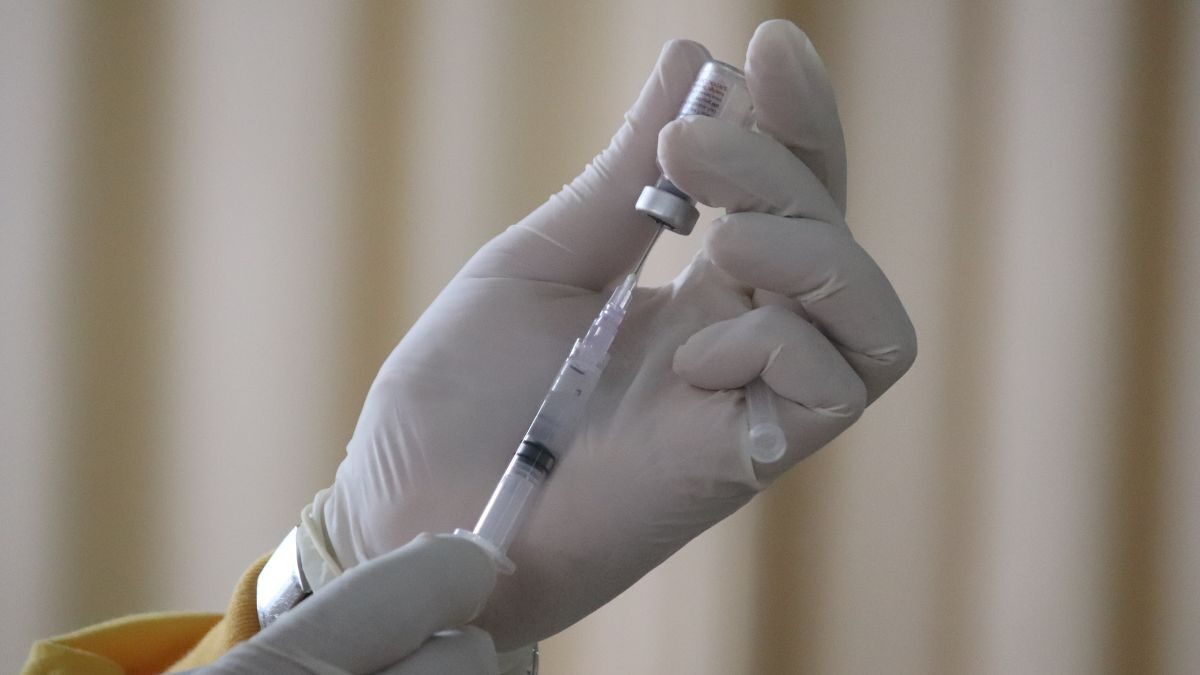
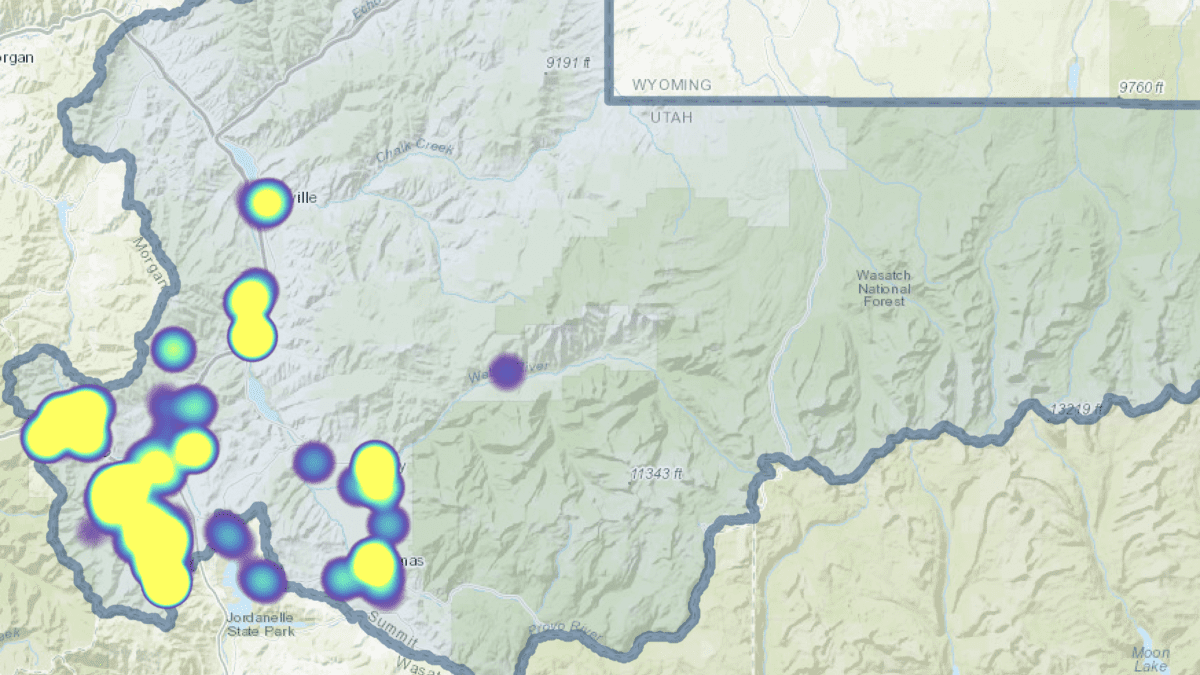

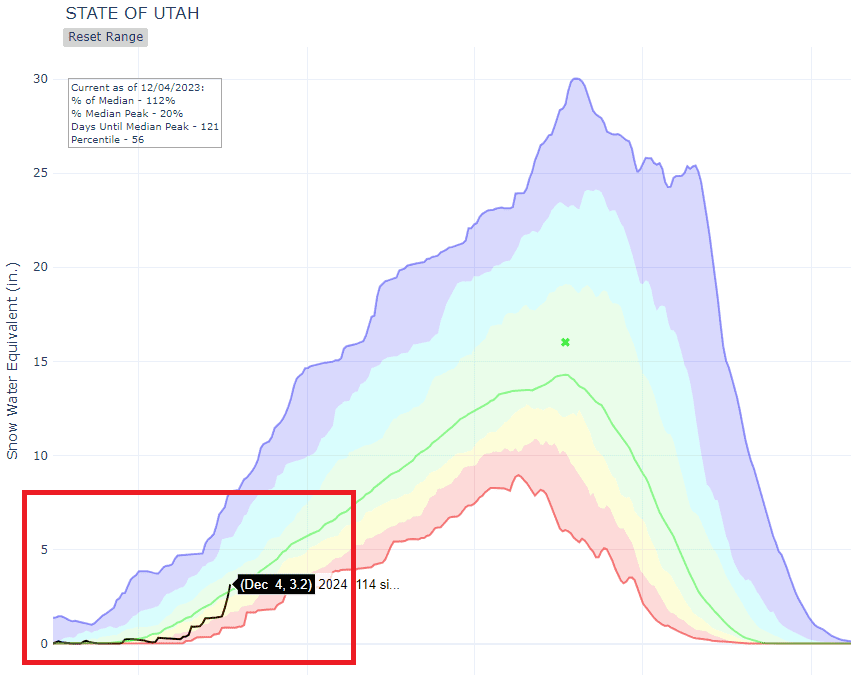
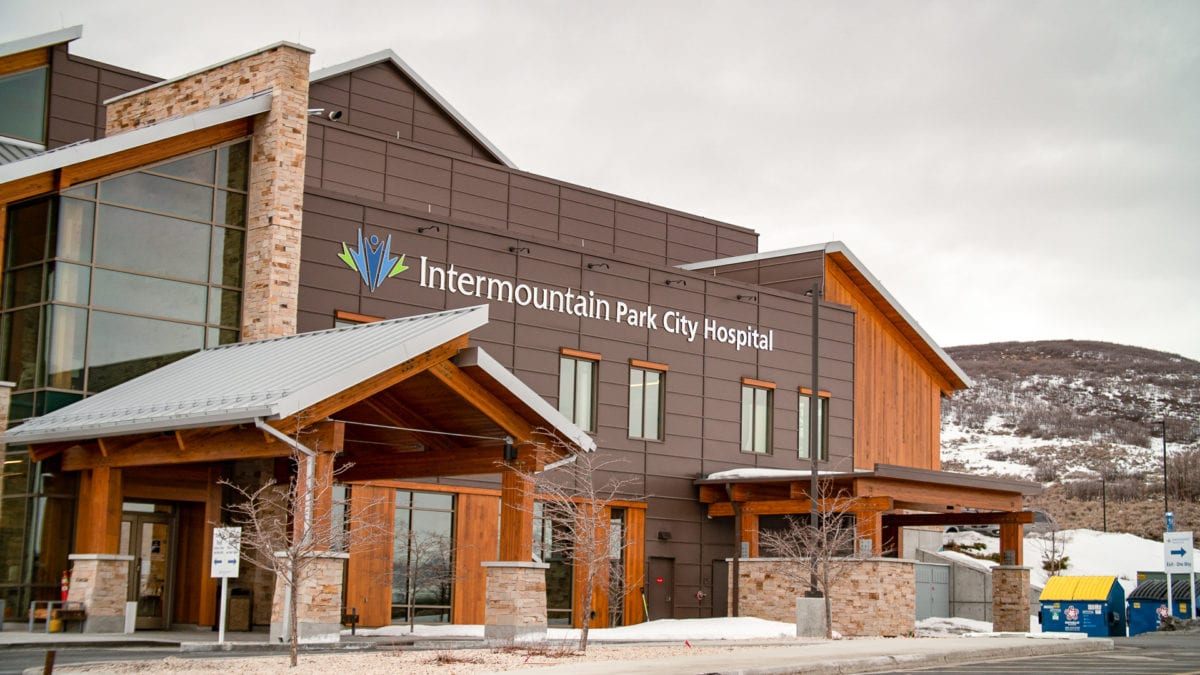
You must be logged in to post a comment.